Muse College’s Visit to Fairy Lake Botanical Garden
Compared to the scenery of north part of the country, the landscape of Shenzhen is different: the willow branches flutter in the light breeze, and the sun shines gently even in winter. Muse College invited students to join the trip to Fairy Lake Botanical Garden on 24 January 2018. Among the students were exchange students who moved into Muse College in spring semester, 2018.

Before the trip, students enjoyed sandwiches and soft drinks. After the lunch, accompanied by the tour guide, teachers and students headed towards the Fairy Lake Botanical Garden.
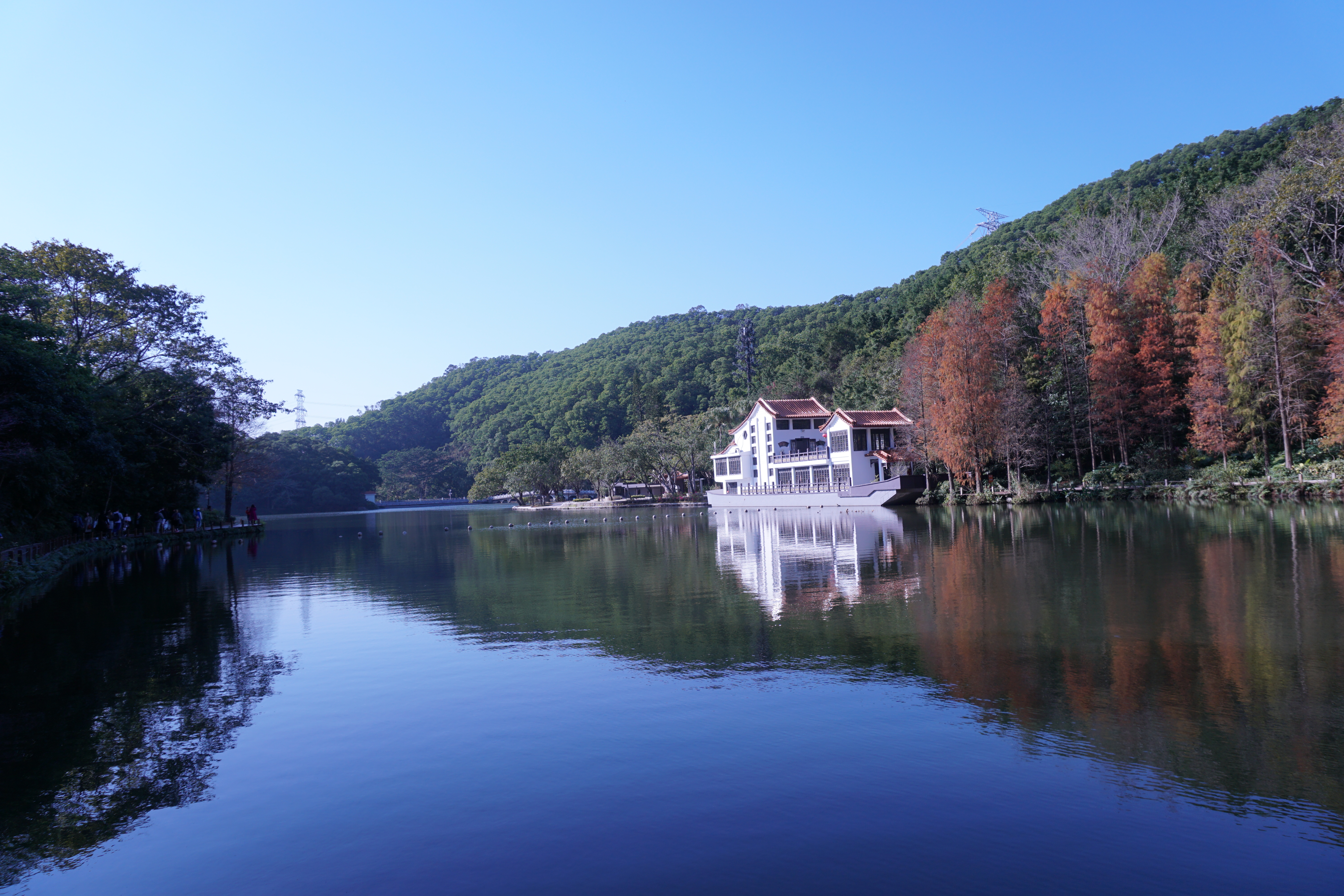
Exuberant plants in the Fairy Lake Botanical Garden
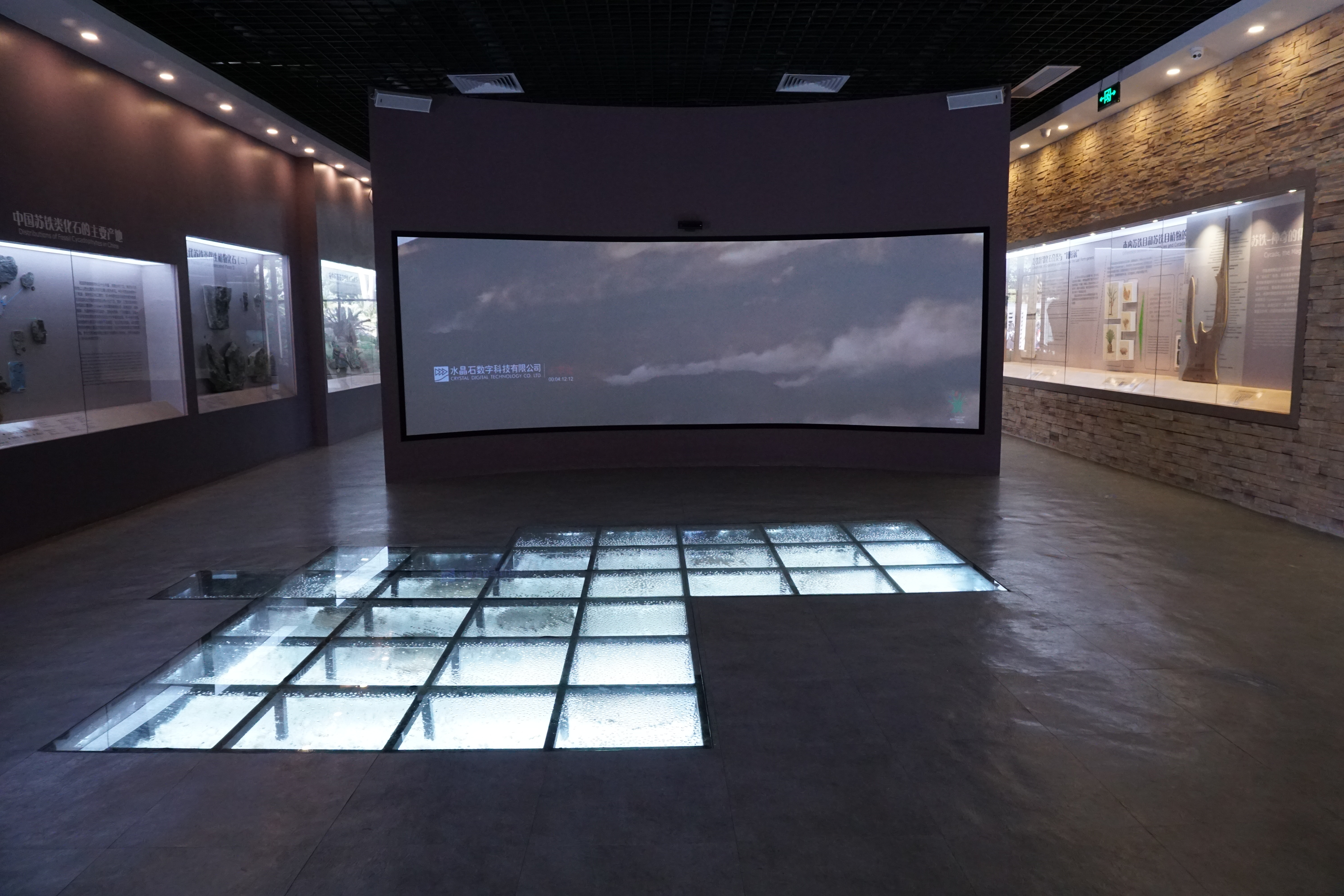
Students kept their eyes on a number of cycads displayed in the National Cycad Germ-plasm Conservation Center and tried to fathom the cycads’ origins.
The Fairy Lake was the fairest of all. The tree-lined path surrounded the glistening lake. Beams of sunlight peeked through the trees. Egrets stood on a piece of stone by the water and soared into the air. Students captured the moment with cameras.

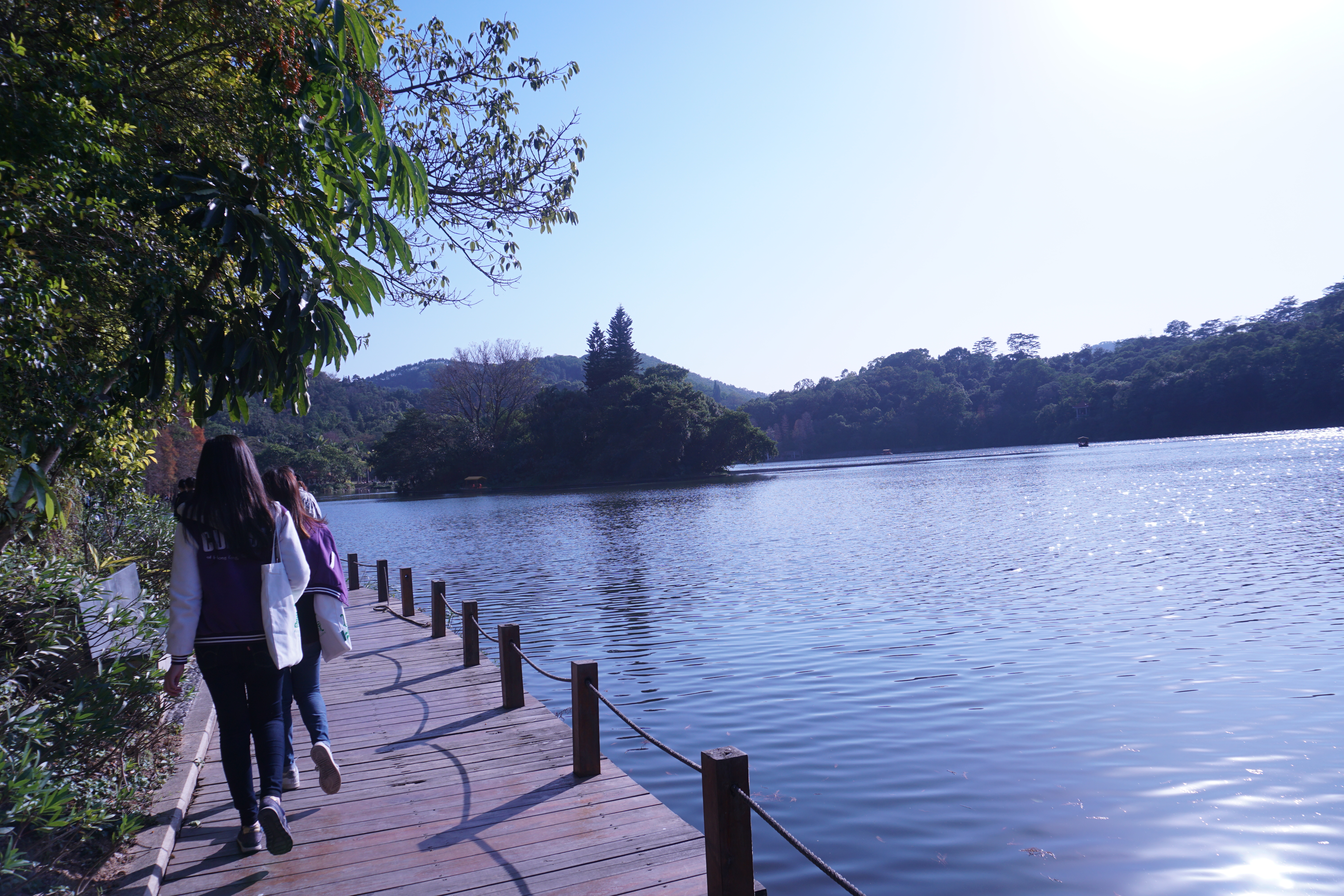
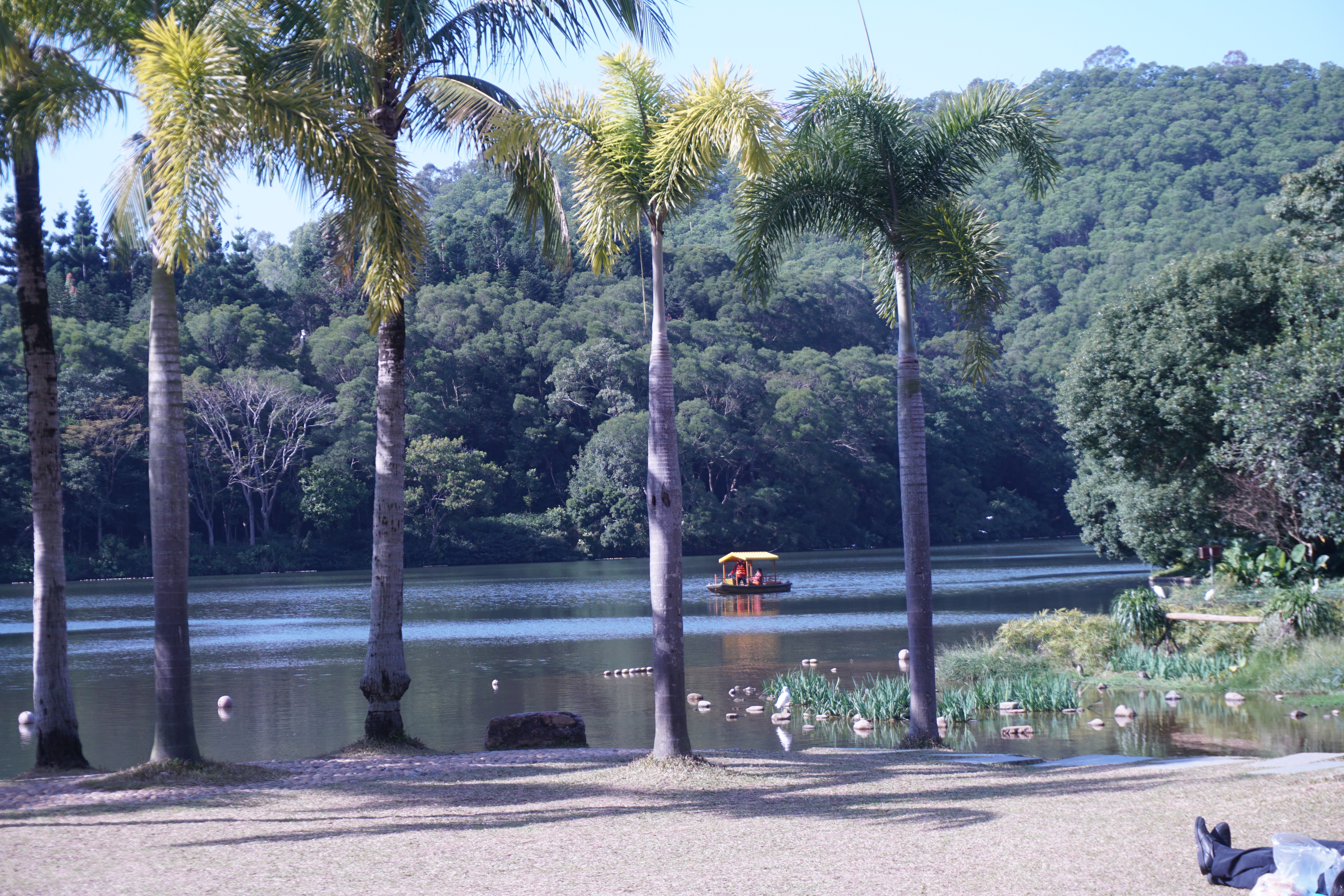
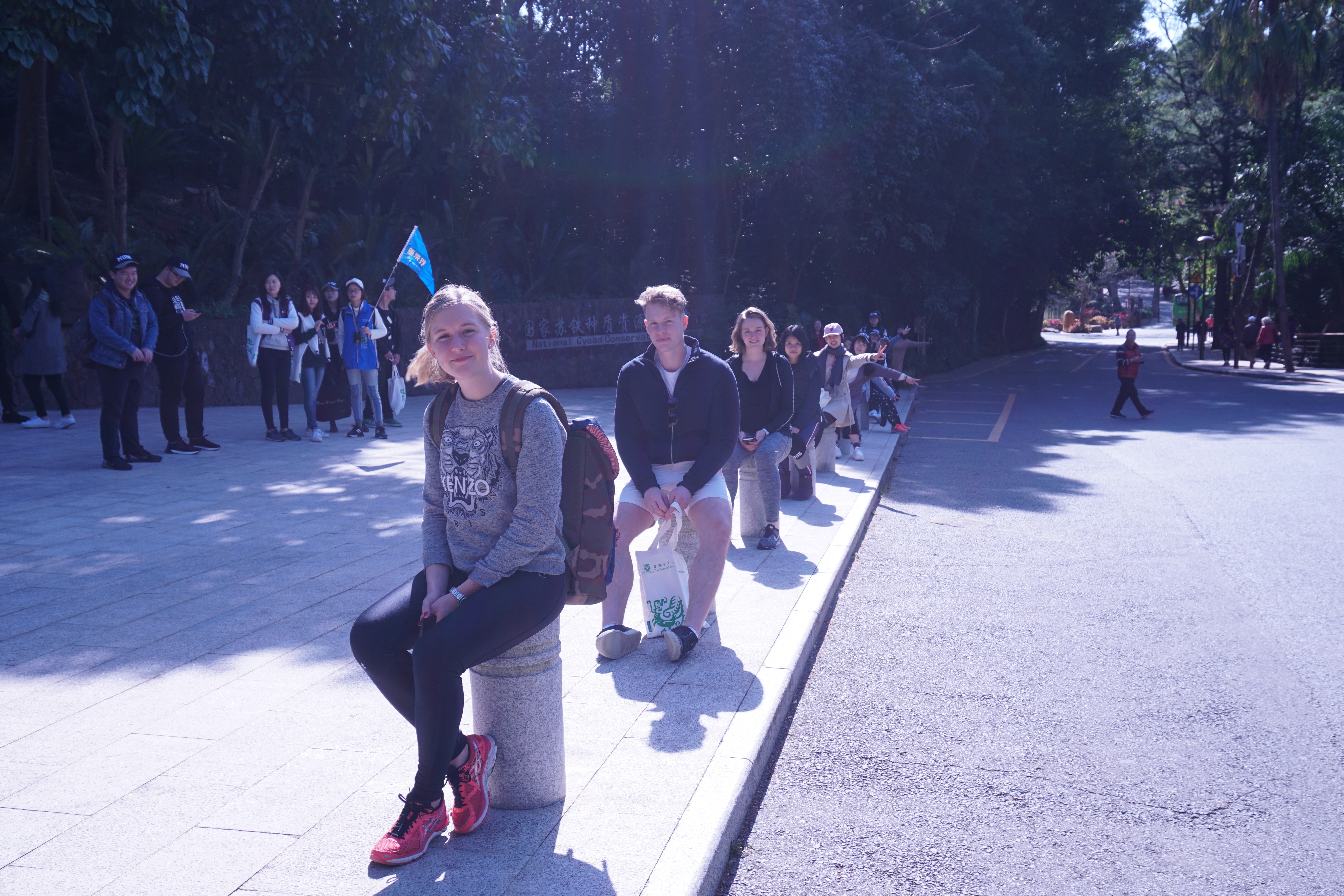
The Fairy Lake Botanical Garden in Shenzhen initiated cycad germ-plasm collection since 1988, formed cycad germ-plasm section in 1994, and officially established the National Cycad Germ-plasm Conservation Center (referred to as “the center” hereafter) on 18 December 2002. Currently, the center has collected cycads from Guangdong, Fujian, Hainan, Yunnan provinces of China, as well as Australian, American, Japanese, and Russian cycads in three different families, totaling more than 240 species of 10 genera. Years of development has made this place an international multi-functional cycad conservation hub for scientific research, ex situ conservation, tourism, and production.
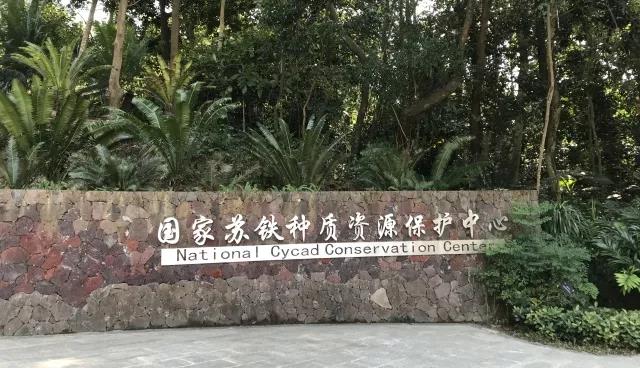
Students also visited the paleontology museum hidden in the mountain. The museum utilized fossils, pictures, and multimedia technologies to explain the history of creatures on the earth in a systematic and comprehensible way. Students looked into dinosaur models while listening to the tourist guide’s narration.


Besides the paleontology museum, the Petrified Forest Scenic Area also includes the Peach Blossom Garden, Hong Kong’s Return to China Memorial Forest, and the Petrified Forest. The forest established in1997 is the only large petrified forest for off-site conservation in the world. It covers 20,000 square meters, and collects 500 plus pieces of petrified wood from Liaoning, Xinjiang, Inner Mongolia, and other provinces. According to experts, the petrified wood of coniferopsida formed 150-70 million years ago in The Mesozoic Era.
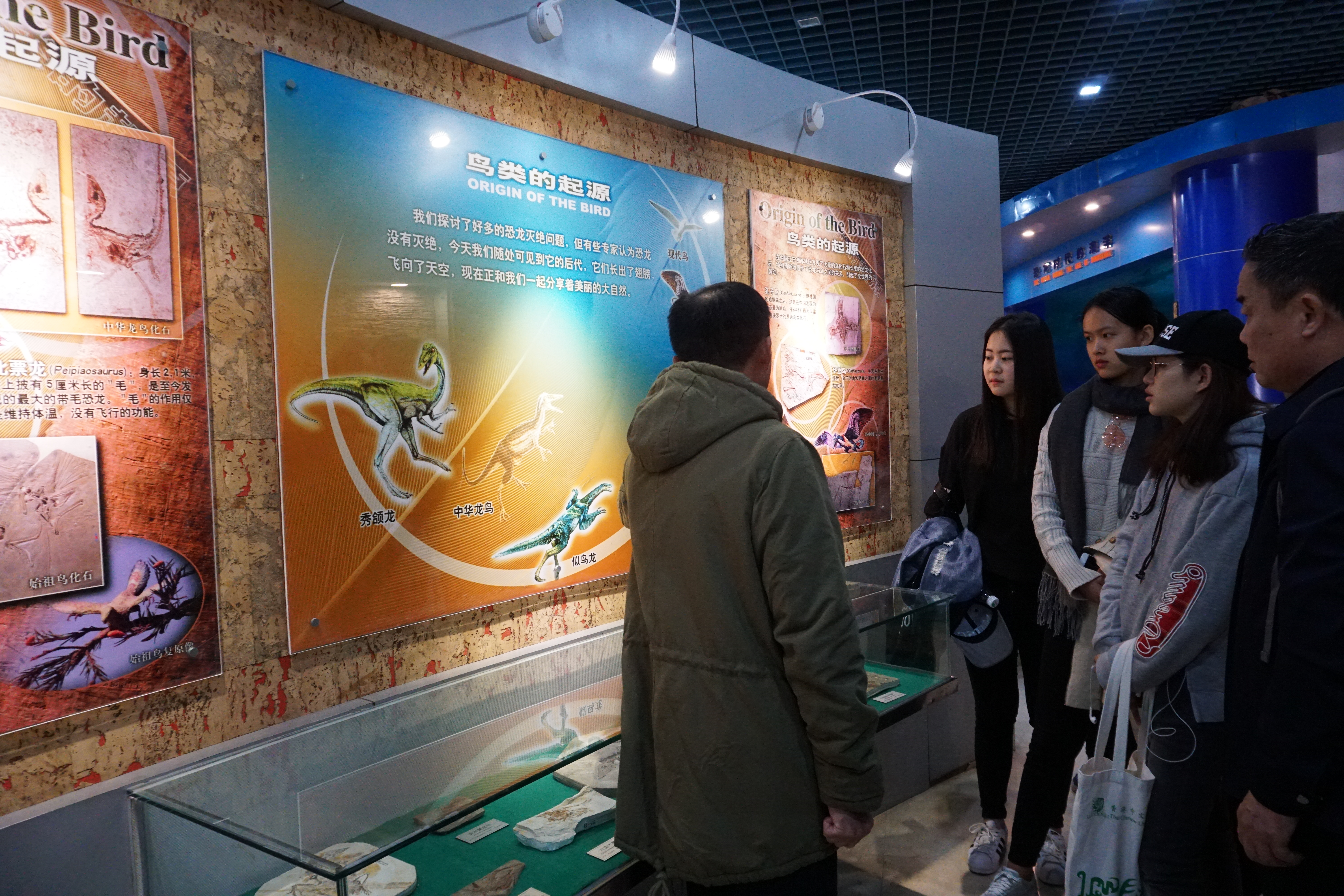
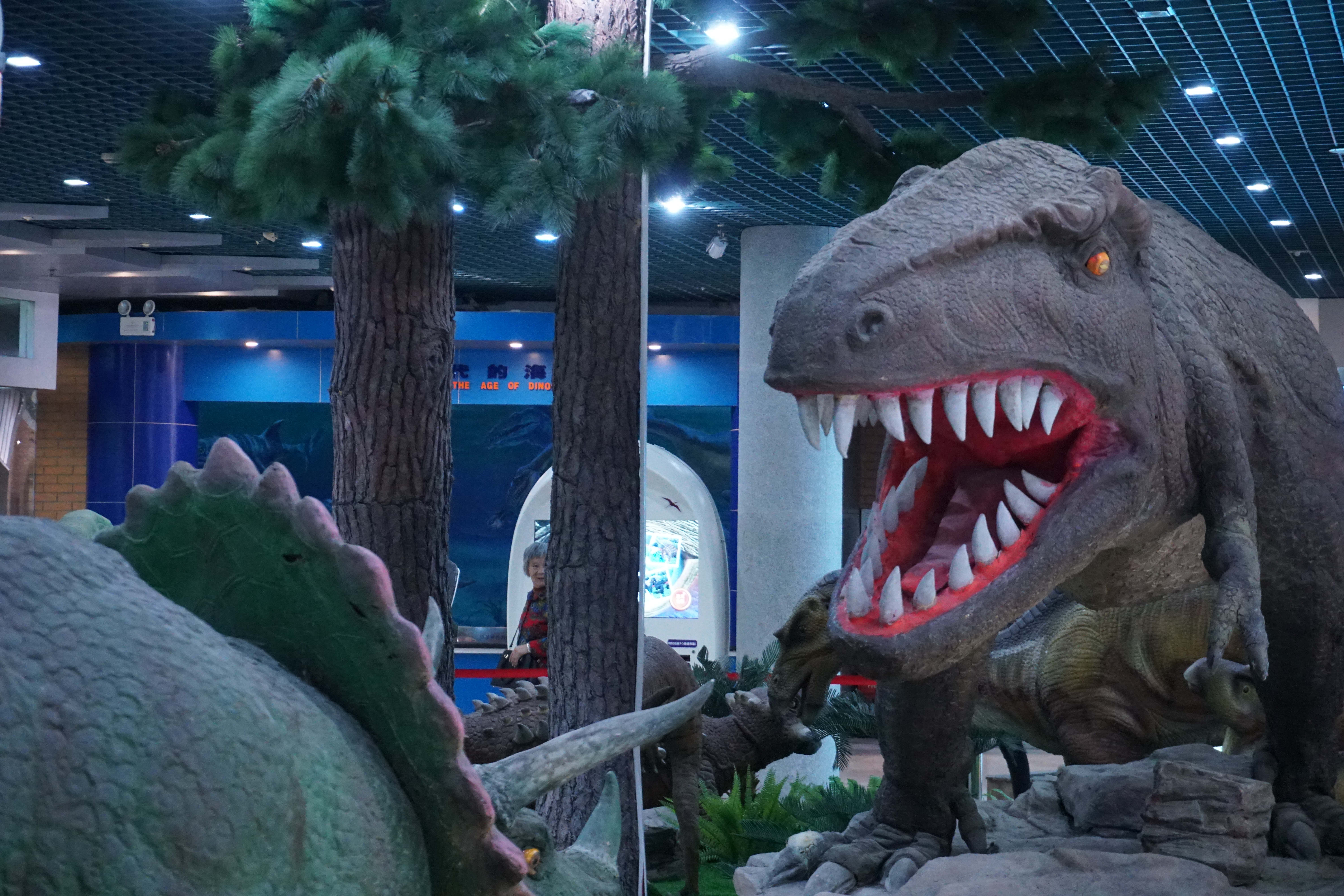
Captivated by the landscape, students enjoyed themselves in the botanic garden. They took pictures to mark the occasion. The visit would be engraved in their memories.

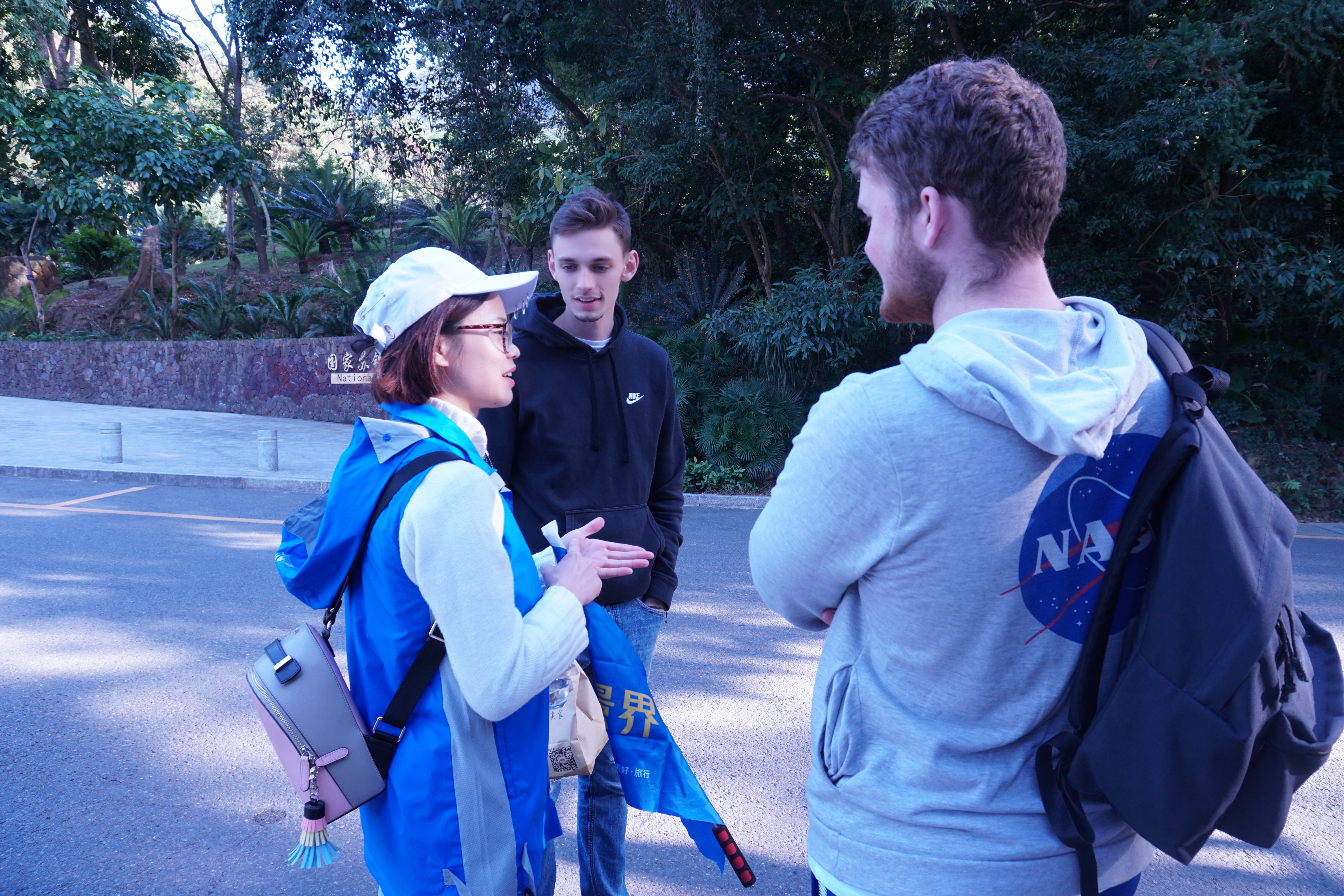


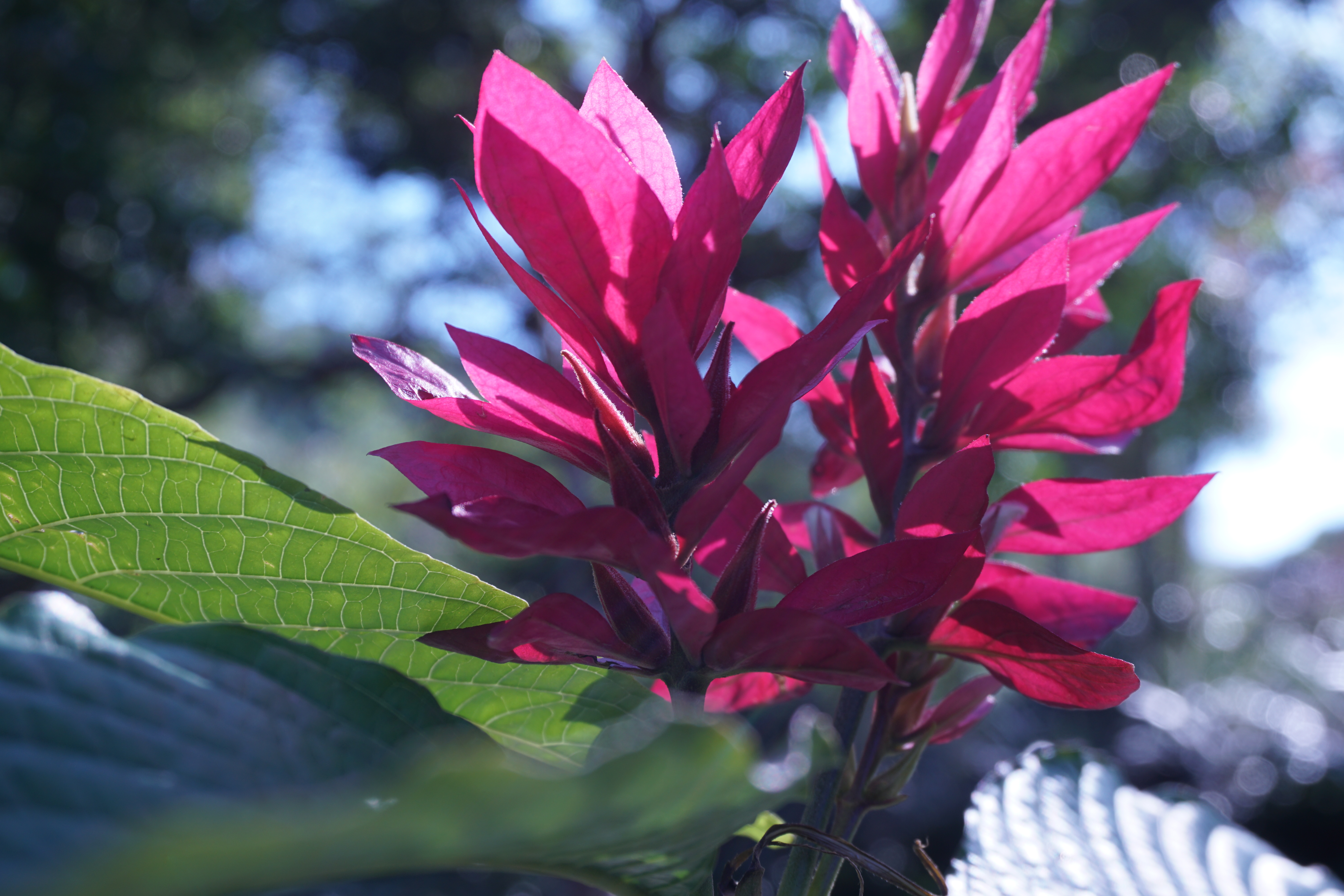
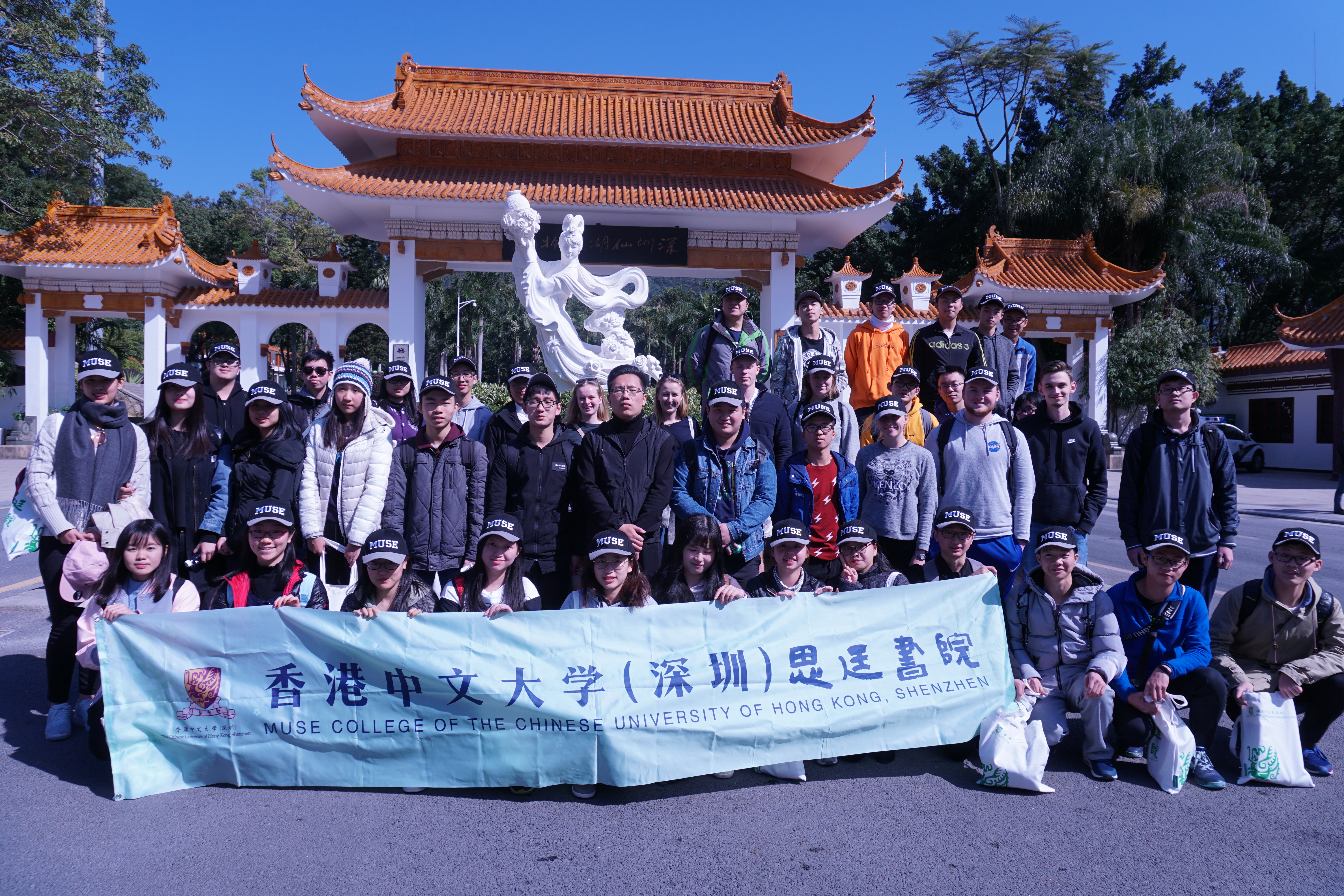
Muse, always with you.

